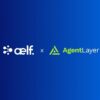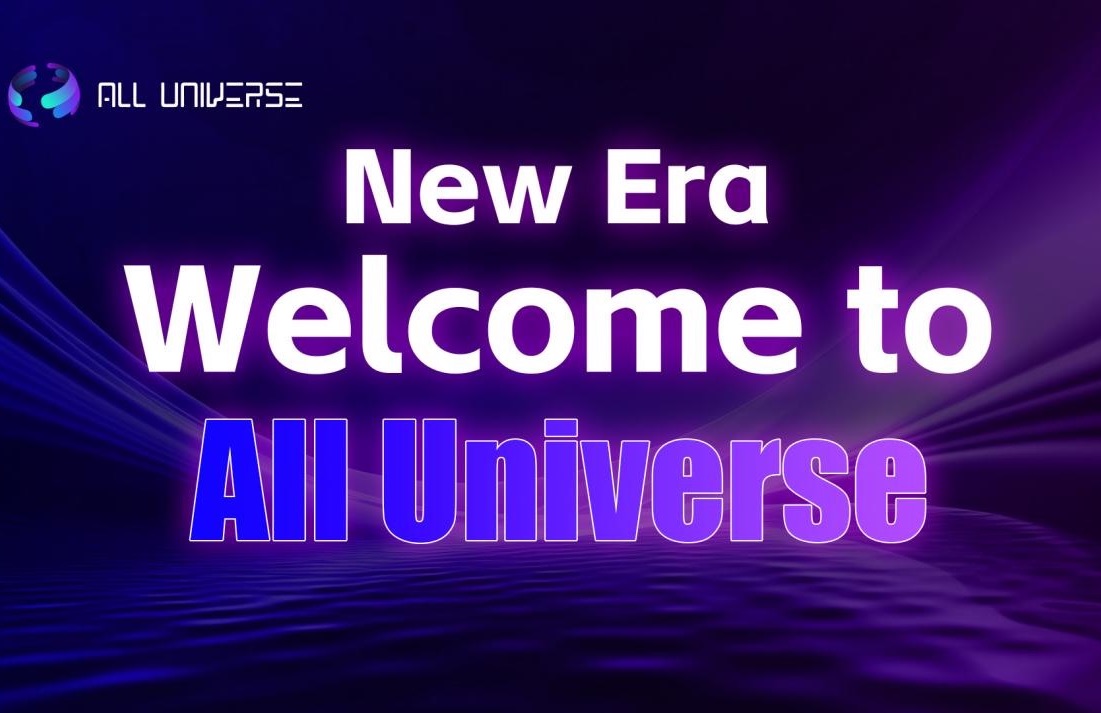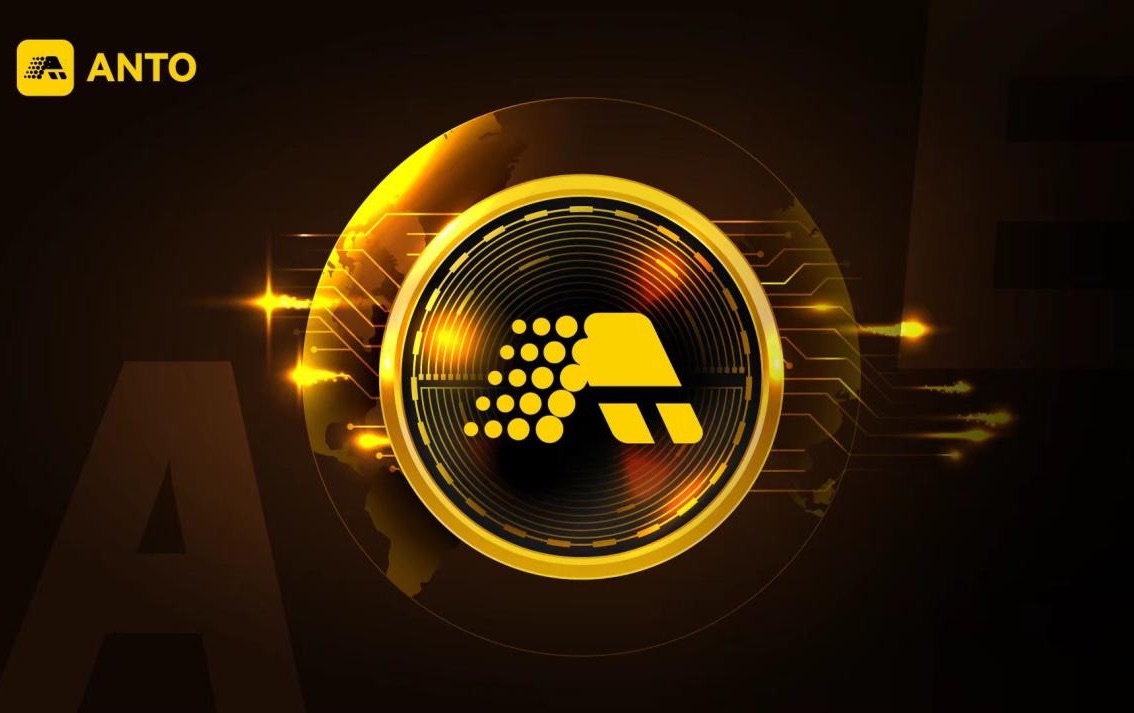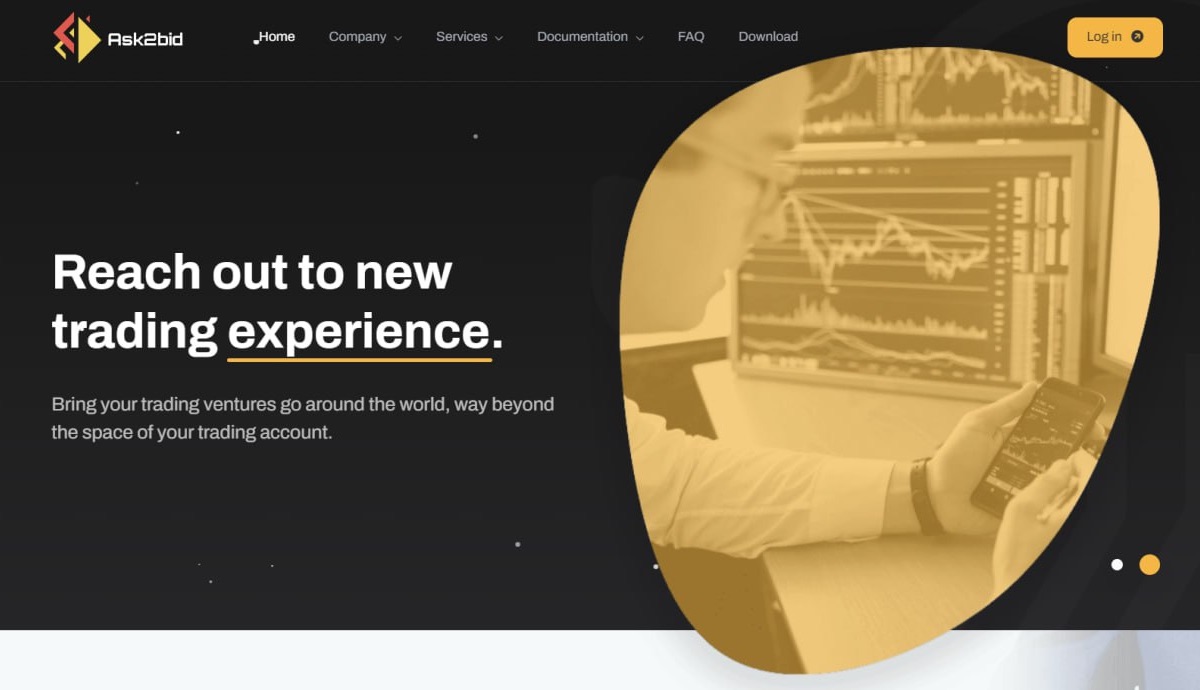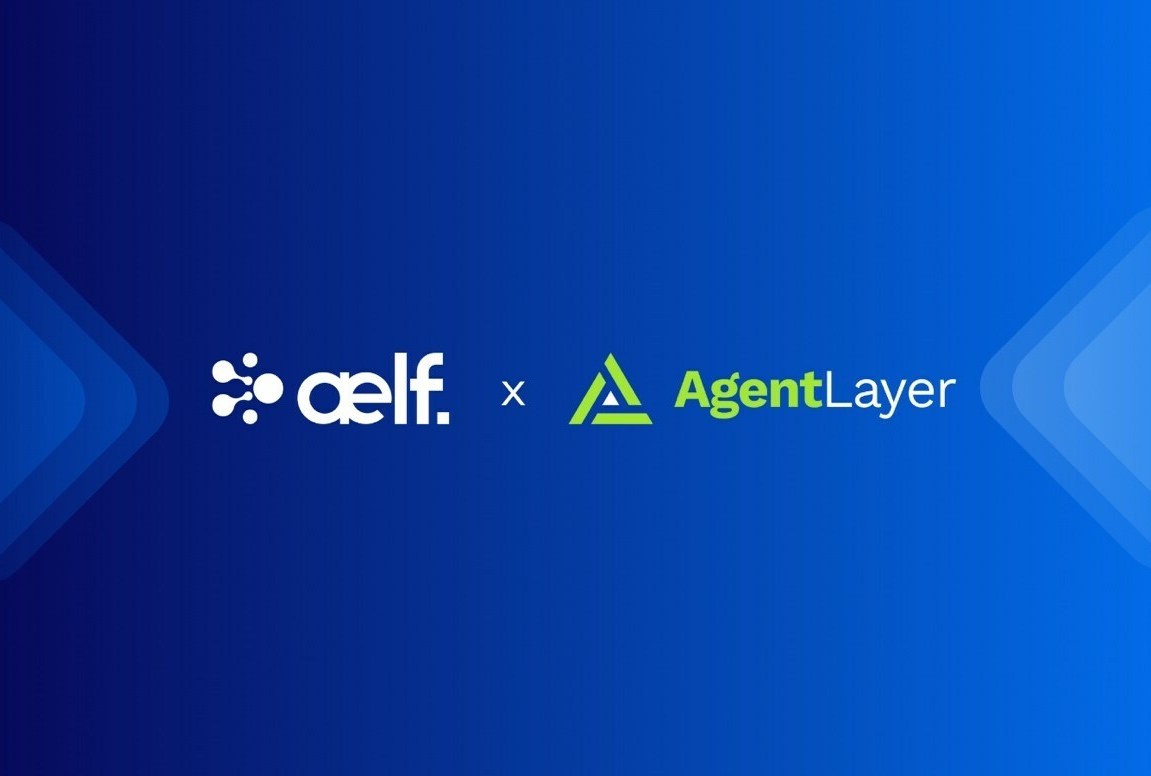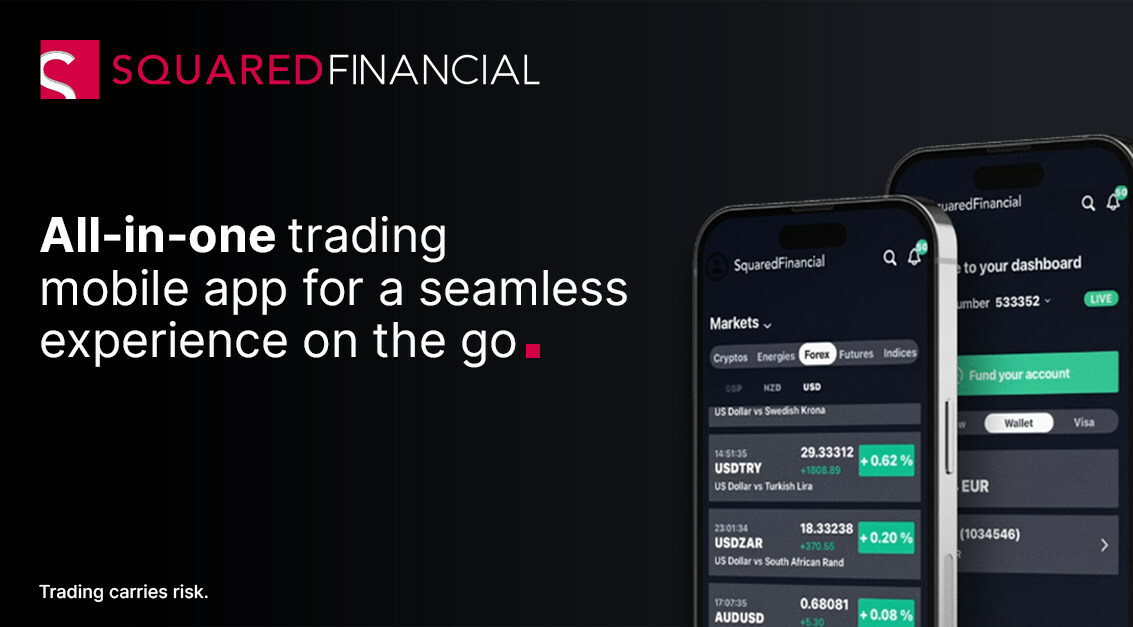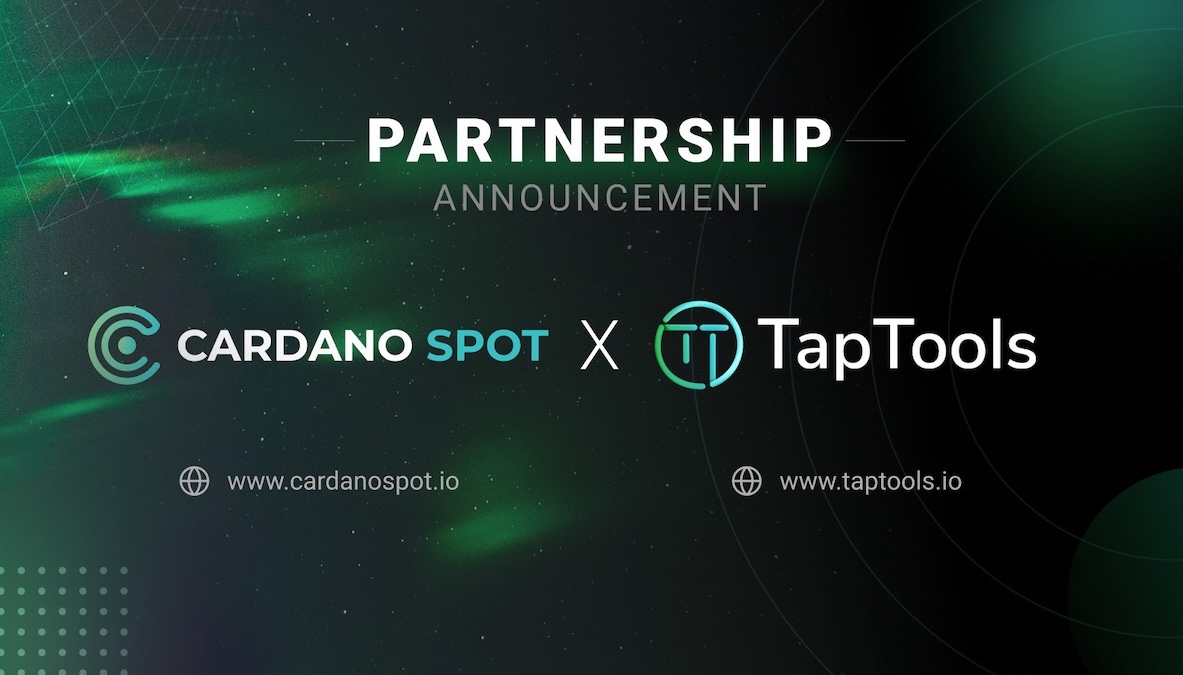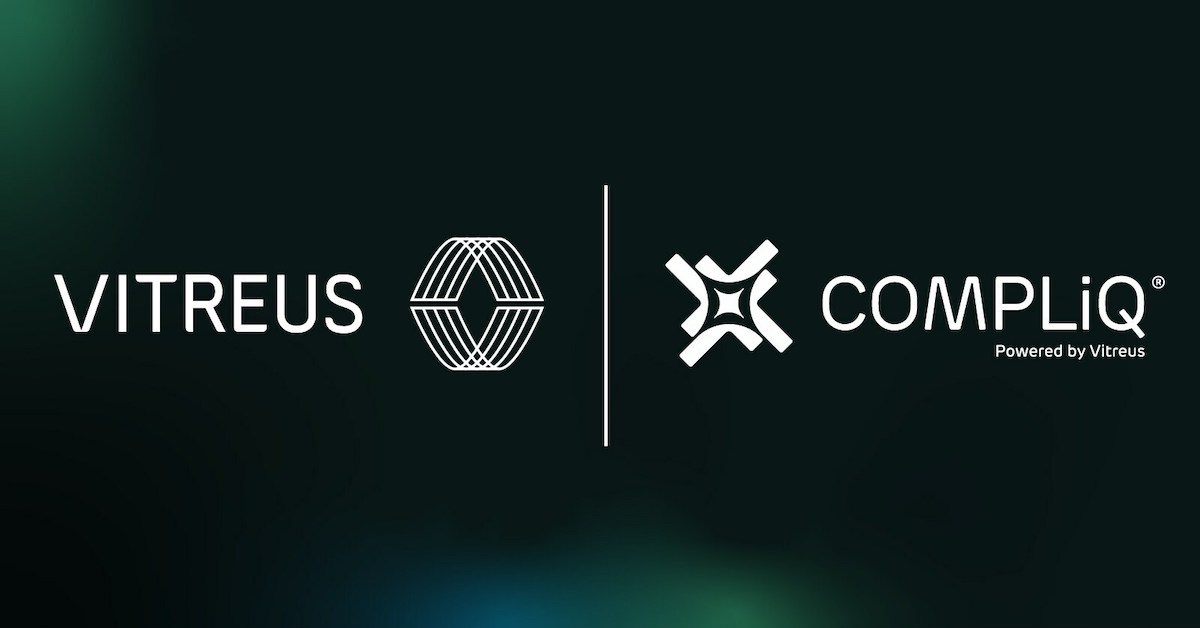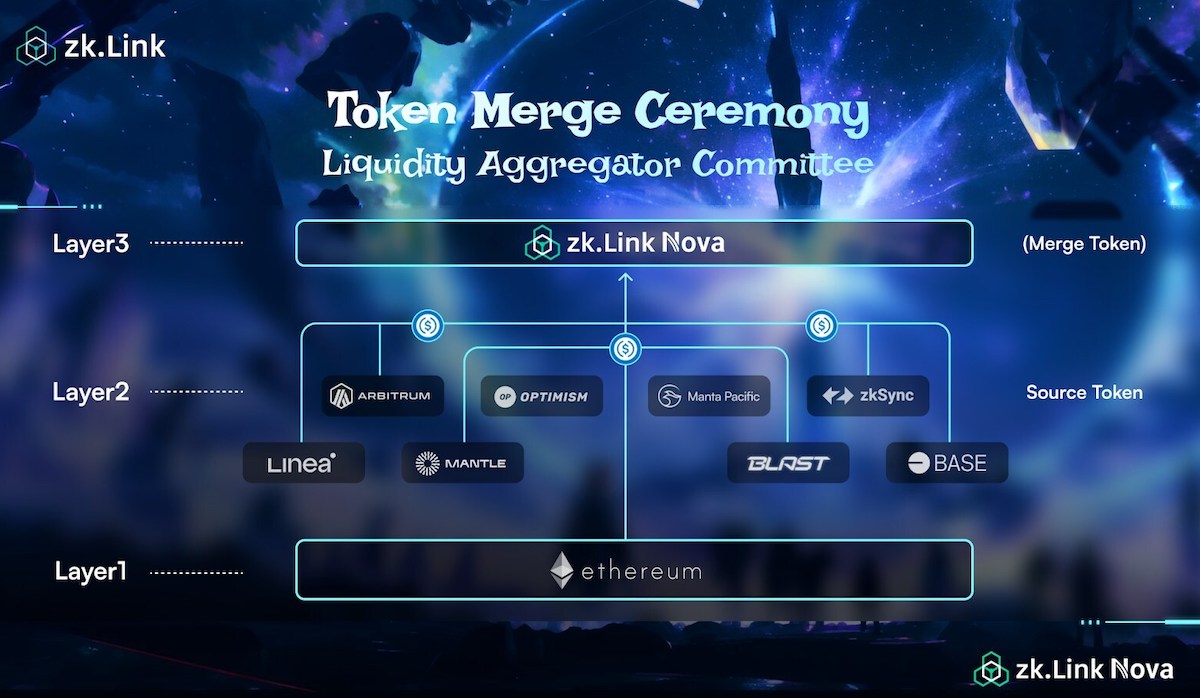
Following the recent joint venture launch in Mauritius between three visionary companies in October 2018, newly created HYBSE Marketplace Limited (HM) brings to centre stage a worlds first digital multi-asset stable token “MAST”.
With fast growing global interest in collateralised tokens leads to the advent of new regulations in Mauritius to enable digital marketplaces and digital custodians, HM is providing investors, interested in developing a portfolio of digital assets, access to primary listed and secondary tradable asset backed tokens that will support this innovative trading ecosystem grow.
Asset backed by ownership in the founding companies and stable assets primarily Gold
The first instrument to be issued will be the MAST products, full multi-asset backed tokens which will provide investors with a diversity of managed risk, as each asset class is underpinned by an integrated framework of strategic portfolios. Initially, MAST will be composed of ownership interest in the founding companies; HM, GMEX, MINDEX, fully gold backed DIM Currencies and stable gold coins. Three different categories of the MAST packages have been designed and enable investors to adapt their portfolio according to individual risk appetite.
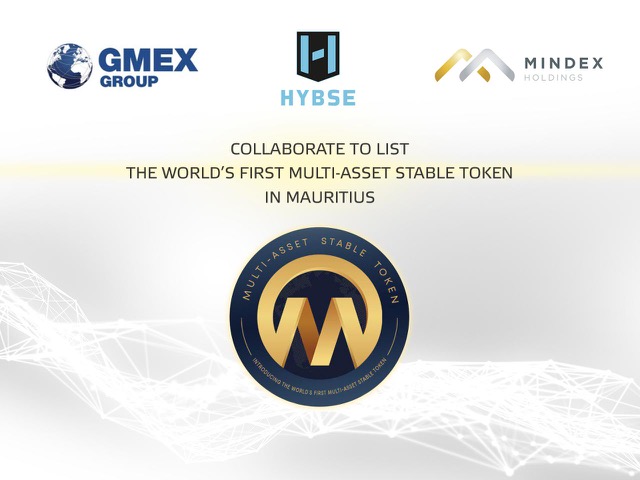
HYBSE Marketplace incorporates the latest technological advancements for the financial sector with three core elements; Security with GMEX market surveillance adaptors, provides access for total regulatory oversight for a secure trading environment; Decentralisation through public ledger provides transparent and secure methods of transacting digital assets across the platform; Scalability on the Catapult Engine allows for modular design and high-frequency trade volumes.
Hirander Misra, Chairman of HYBSE Marketplace, GMEX and MINDEX, says “With the GMEX Market Advancement Programme (MAP) we are keen to find ways to work with partners to bring innovative solutions to the market. Asset Tokens, which are fully backed, brought to the market on a regulated exchange and stored in a regulated digital custodian bring a level of regulation and oversight not previously available for institutional investor needs.”
“We are delighted to be launching MAST on the HYBSE Marketplace in Mauritius, as we strongly support the enabling regulatory framework which is being established in the country for digital marketplaces and digital custodians. We are convinced that this new framework will put Mauritius firmly on the global map as the natural home for innovative technologies in the digital assets space,” he added.
The official MAST ATO will commence on Thursday 21 February 2019. Secondary trading is expected to begin on the HYBSE on Q2 2019. The ATO will be available for investment by sophisticated and expert investors.
Accredited participants who are interested in obtaining a stake in this revolution, can follow the link provided; www.mast.eco.
A detailed and comprehensive breakdown of the above can be found within the MAST Blueprint, found on the MAST website.
About MINDEX
The MINDEX ecosystem comprises of:
- MINDEX Holdings Limited – The holding company for the MINDEX ecosystem.
- MINDEX Clearing Limited – operates as the central counterparty (CCP) clearing house regulated by the Mauritius Financial Services Commission (FSC) to clear all trades executed on MINDEX Limited.
- MINDEX Limited – operates a multi-asset Securities and Derivatives Exchange regulated by the Mauritius Financial Services Commission (FSC).
- MINDEX Spot Limited – The marketplace for the electronic trading of standardised physical and digital spot commodity contracts for gold, precious metals and other commodities
- MINDEX Vault Limited – The forthcoming secured storage depository solution for gold and other precious metals.
- MINDEX Refinery Limited – The forthcoming world class smelting, refining and recovery of gold and other precious metals to the highest standards.
- MINDEX Realty Limited – the real estate arm of the MINDEX ecosystem responsible for construction and operation of the refinery, vault, office building and warehousing facilitating the safe storage of gold, digital assets and other commodities.
For more information, visit www.mindex.mu
Follow on Twitter @MindexHoldings
About GMEX Group
GMEX Group (GMEX) comprises a set of companies that offer leading-edge innovative solutions for a new era of global financial markets, providing business expertise, the latest technology, connectivity, and operational excellence delivered through an aligned partnership driven approach. GMEX uses extensive market infrastructure experience and expertise to create an appropriate strategic master plan with exchanges, clearing houses, depositories, registries, and warehouse receipt platforms. GMEX also offers the added benefit of interconnection to multiple partner exchanges, to create global networks of liquidity. GMEX Technologies is a wholly owned subsidiary of GMEX Group.
For more information, visit www.gmex-group.com
Follow on Twitter @GMEX_Group
About HYBSE
The Hybrid Stock Exchange (HYBSE) is an online blockchain based exchange platform. It permits the buying and selling of cryptonized-equity in the new era of cryptocurrencies. The use of blockchain technology allows participants to cut out many of the intermediaries that are associated with traditional exchanges. While traditional exchanges serve participants from specific geographical locations, the HYBSE is open to all participants globally.
For more information, visit www.hybse.com
Follow on Twitter https://twitter.com/HYBSE
About the DIM Foundation
The DIM Foundation is a non-profit organization that is responsible for the marketing, public relations, customer care and oversight of the DIM brands (DIMCOIN, DIM Currencies, DIM Cryptocurrencies and future DIM denominated coins). DIM X is a cryptocurrency converting platform. The DIM Foundation is registered in Singapore.
The regional DIM Foundation will be responsible for:
- Collecting donations for the DIM Ecosystem
- Creating events for the DIM Ecosystem and attending blockchain events
- Launch marketing campaigns for the DIM Foundation
- Attract businesses into the DIM Ecosystem
- Becoming a central meeting point for ambassadors and promoters.
For more information, visit www.dim.foundation






